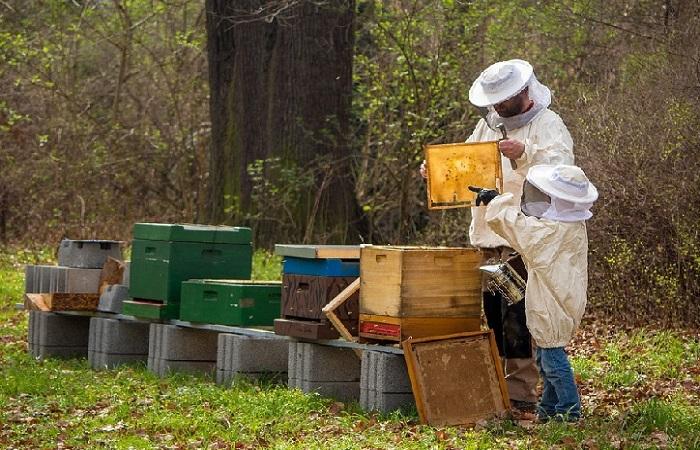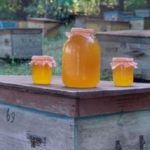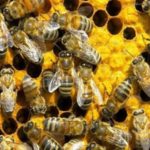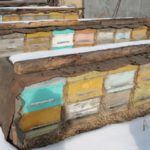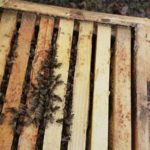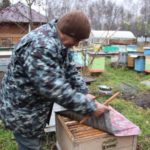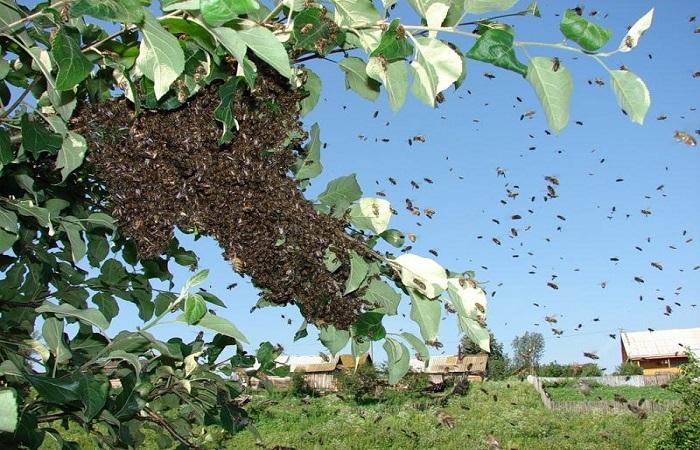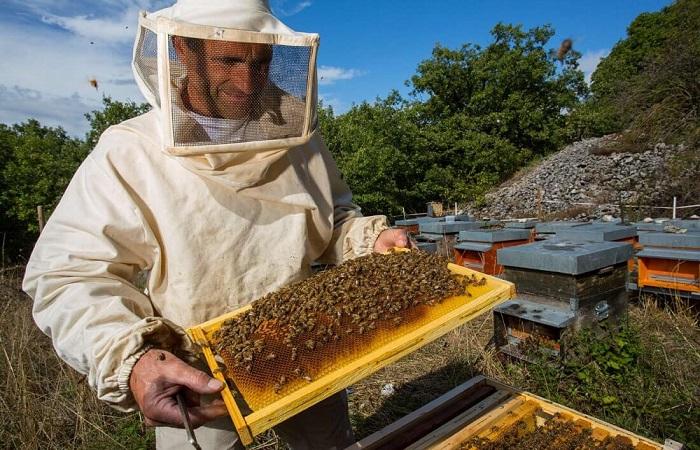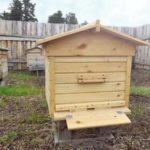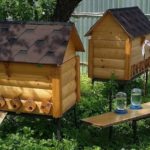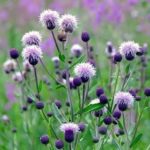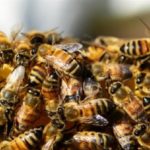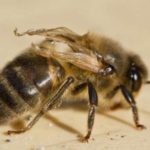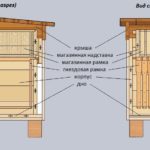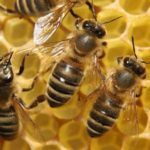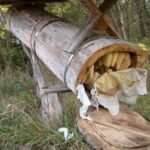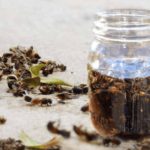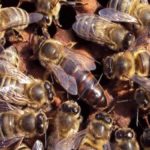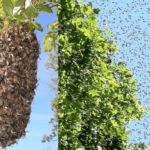The productivity of an apiary is measured by the volume of honey produced by insects throughout the year. In addition, they take into account the production of additional beekeeping products - wax, beebread, pollen, propolis. So how much honey exactly does a bee produce in its lifetime? It is difficult to determine the exact volume, since it depends on many factors - region, breed, conditions of detention.
Averages
On average, one bee produces 5 grams of honey over the course of its life—just 1 teaspoon.At the same time, a large healthy bee colony is capable of collecting approximately 150 kilograms over the summer. This applies to families of up to 50 thousand individuals.
The amount of honey is influenced by many factors. The collection process itself looks like this:
- the bee leaves the hive and flies to the plants;
- the insect collects nectar;
- the substance is absorbed in the pharynx and mixed with enzymes;
- then the nectar descends into special sacs along the esophagus;
- in these compartments there remains a little substance for its needs;
- the individual regurgitates the rest of the nectar into the cells of the honeycomb;
- To fill the crop, the bee must fly around at least 100 plants.
Factors Affecting Performance
To get a lot of honey, it is important to take certain features into account. Moreover, this applies not only to the insects themselves, but also to the influence of external factors.
Breed
To get the maximum honey, you need to give preference to the most hardworking individuals. The following breeds produce the most honey:
- Carpathian;
- Ukrainian;
- Krajinskaya.
A bee produces the maximum amount of honey under ideal conditions. All insects can be productive in clean and free hives.
Food quality
Beekeepers often try to save honey or have too little of this product, and therefore use sugar syrup for feeding. Such a diet negatively affects the performance of insects. In this case, they can remain in the air for a maximum of half an hour and fly no further than 500 meters from the hive.
When using high-quality food, a bee can fly for more than 3 hours and move 2 kilometers away from home. This helps increase the amount of honey. In addition, high-quality food increases the lifespan of insects.
Wintering
In order for the bees to comfortably endure the winter and prepare for an early honeybee, beekeepers advise feeding them already in the period from August 1 to August 20. Thanks to this, insects tolerate winter better and build up a large fat body.
To prepare for winter, it is important to maintain the proportions of sugar honey and natural honey. At the initial stage, it is recommended to feed the bees sugar honey. His share was supposed to be 40%. In this case, by the second half of winter it is necessary to use natural honey. Its share is 60%.
Bee swarming
During swarming, insects lose their activity and get tired, which negatively affects their productivity. Untimely swarming can provoke the following:
- poor hive ventilation;
- aging of the uterus;
- excess brood in the nest;
- expansion of the nest.
It is recommended to eliminate these shortcomings in a timely manner. Otherwise, there is a high probability of a decrease in the performance of bees.
To detect this process in time, it is important to be very careful. At first, the bees swarm over the hive, resembling a cloud. After that, they leave the house and settle nearby. In order not to lose the entire family, the beekeeper must catch the queen and place her in a separate enclosure.
Spare cells
The amount of honey collected is affected by the availability of spare honeycombs.In this case, bees direct their energy to collecting pollen and nectar, rather than creating honeycombs. In addition, the presence of unfilled cells will force insects to make efforts to fill them.
If there are not enough honeycombs, the bees will stop working because they will have nowhere to put the nectar. Sometimes, at the peak of active collection, you can even remove not completely filled combs, replacing them with empty ones.
Breeding region
Each region is characterized by individual climatic features. The maximum productivity of bees is observed in the south of Russia. Long, warm summers and not too harsh winters have a positive effect on the honey collection process. In this case, beekeepers need to take into account the following features:
- average air temperature;
- the duration of summer, the timing of spring and autumn;
- soil fertility, which directly affects the quality characteristics of honey plants;
- air humidity;
- amount of precipitation.
Honey base
The productivity of insects is directly affected by the honey base. This largely depends on the region and terrain features. If there are many plants within a radius of 1 kilometer that provide valuable nectar, the likelihood of receiving a large amount of honey increases. An excellent option for locating a honey base is an area near which there are flowering gardens and fields.
Hive dimensions
The size of the hive is an important factor that makes honey harvesting more productive.The larger the design, the more frames it can accommodate. This means that bees fill more honeycombs.
In large hives it is possible to place 24 frames, and in small ones - 8. However, if there is no high-quality honey base, insects will not be able to fill all the honeycombs.
The productivity of bees depends on many factors. It is influenced by weather conditions, the breed of bees, and the number of honey plants. To get the maximum amount of honey, it is important for insects to provide quality care.

